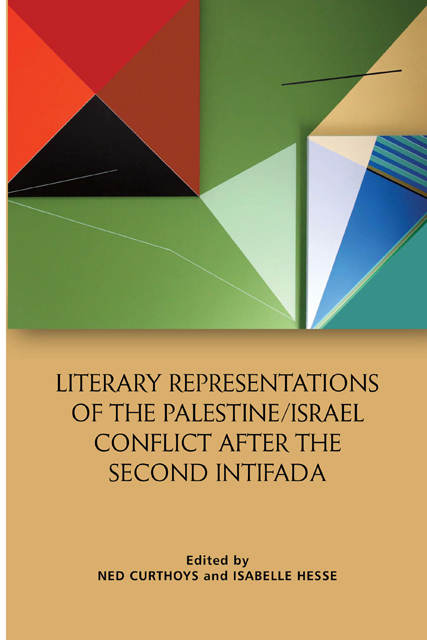Afterword
Published online by Cambridge University Press: 07 June 2023
Summary
In ‘broken and beirut’, the closing poem of her 1996 debut collection Born Palestinian, Born Black, the Palestinian-American poet Suheir Hammad describes Palestinian life as an unending state of siege:
we return to what we know
it’s 1996 and beirut all over again
this time the murdered are those who survived the last time
and this time’s survivors are preparing for the next time
when fire will rain down on heads bowed in prayer (83)
The lines evoke two massacres of Palestinian and Lebanese civilians: the 1994 Al-Ibrahimi Mosque massacre in Hebron, when the American settler Baruch Goldstein opened fire on worshippers, killing twenty-nine people; and the 1996 Qana massacre in South Lebanon, when the Israeli military shelled a UN compound sheltering 800 refugees who had fled bombing in Beirut, killing 106 people, half of them children. Hammad sharply reminds her reader that despite the promises of the Oslo Accords, the Palestinian catastrophe continues unabated. The only return that Palestinians can be certain of is the return of more violence and destruction.
This book’s focus on international representations of Palestine/Israel since 2000 asks us to take stock of what has changed since Hammad wrote these lines, and what has stayed the same. In many ways, the Palestinians’ political and socioeconomic situation is even bleaker, reflecting the consolidation of the US-backed ‘imperial restoration’ in the region that has taken place from the early 1970s onwards, facilitated not only by Israel but also by counterrevolutionary regimes in Saudi Arabia, Jordan, Egypt, Iraq, and other Arab states (Abu-Manneh 32). Since the Palestinian leadership’s ‘capitulation’ in Oslo, as Edward Said famously put it (‘The Morning After’), Palestinians in the Occupied Territories have lived through the eruption of the al-Aqsa intifada and Israel’s massive retaliatory invasion of the West Bank; the transformation of Gaza into what is routinely described as the world’s largest open-air prison; the vast expansion of Israeli settlements and of the system of checkpoints, barriers and permits restricting Palestinian movement in the West Bank; and the Israeli aerial and ground assaults on Gaza in 2008–9 and 2014. Meanwhile, hundreds of thousands of Palestinian refugees in Syria have been displaced once again, and the already precarious living conditions of Palestinian refugees in Lebanon (whose numbers now include many Palestinian refugees from Syria) have deteriorated even further (UNRWA; McCloskey).
- Type
- Chapter
- Information
- Publisher: Edinburgh University PressPrint publication year: 2022



